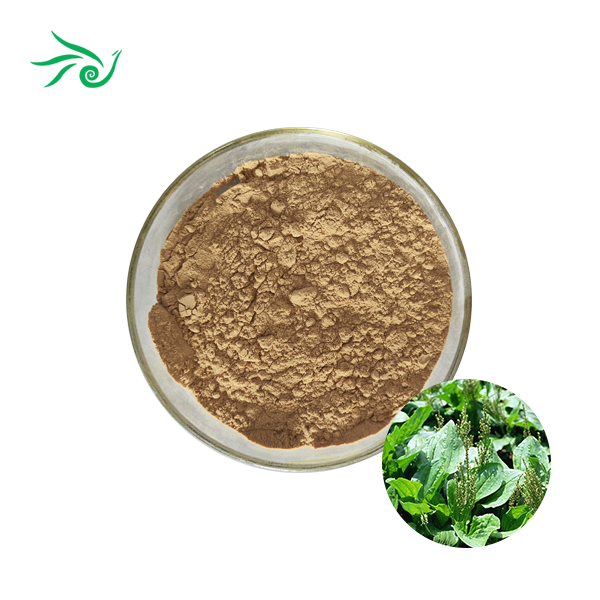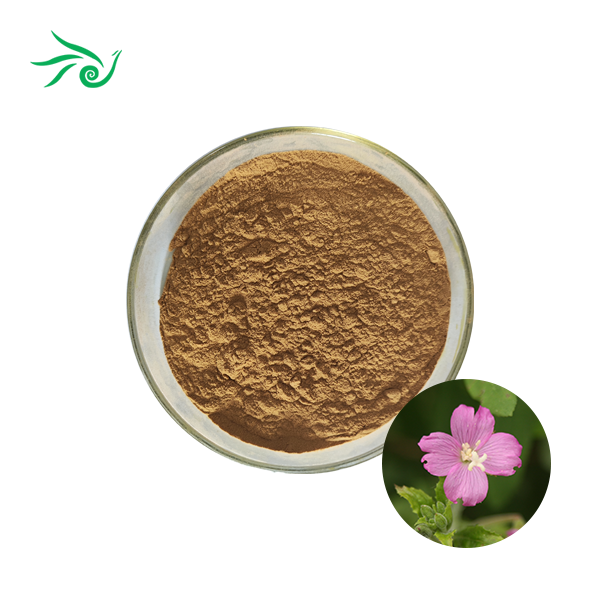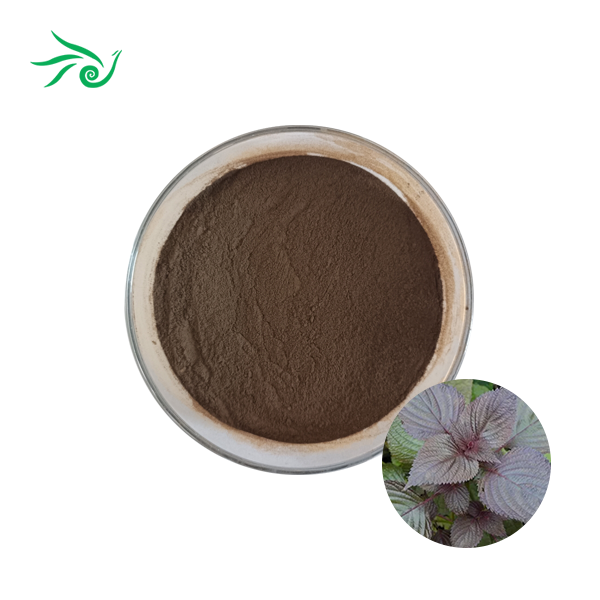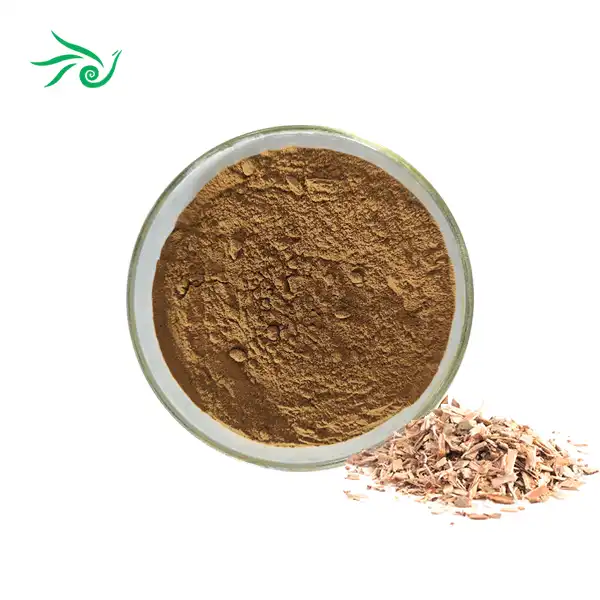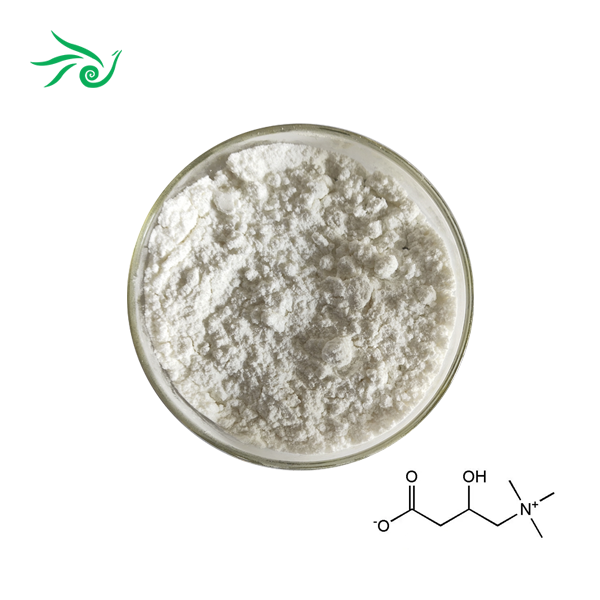What is the pharmacological importance of Anethum graveolens?
2024-09-20 09:43:11
Dill, or Anethum graveolens, is a versatile spice that has been used in culinary and medicinal settings for a very long time. Because of its great pharmacological properties, this fragrant plant from the Apiaceae family has gotten huge consideration as of late. In this comprehensive investigation, we will investigate the numerous health benefits and potential therapeutic applications of Anethum graveolens extract, shedding light on the reasons this herb has come under intense scientific scrutiny.
The Phytochemical Composition of Anethum graveolens
Essential Oils and Volatile Compounds
Essential oils in Anethum graveolens contribute to the plant's distinctive aroma and medicinal properties. Carvone, limonene, and -phellandrene are the primary volatile compounds found in dill. Anethum graveolens extract is a potent natural preservative and therapeutic agent due to the fact that these components play a crucial role in the herb's antimicrobial and antioxidant activities.
Flavonoids and Phenolic Compounds
Anethum graveolens has a notable amount of flavonoids, the most prominent of which are quercetin and kaempferol. These strong cell reinforcements add to the spice's capacity to battle oxidative pressure and irritation, possibly offering assurance against different constant illnesses. The presence of phenolic acids, for example, chlorogenic corrosive and ferulic corrosive, further improves the concentrate's cell reinforcement limit.
Terpenes and Other Bioactive Molecules
Additionally, the extract of Anethum graveolens contains a number of terpenes with antimicrobial and antispasmodic properties, such as d-carvone and dihydrocarvone. The herb also has minerals like calcium, iron, and magnesium, vitamins A, C, and B complex, and dietary fiber, all of which contribute to its nutritional value and potential health benefits.
Pharmacological Activities of Anethum graveolens Extract
Antioxidant and Anti-inflammatory Effects
One of the most indisputable pharmacological properties of Anethum graveolens extract is its strong cell reinforcement action. The herb's flavonoids and phenolic compounds effectively neutralize free radicals and reduce oxidative stress, possibly lowering the risk of chronic diseases like heart disease and cancer. Additionally, dill extract's anti-inflammatory properties have shown promise in the treatment of inflammatory conditions like arthritis and inflammatory bowel disease.
Antimicrobial and Antifungal Properties
Anethum graveolens remove has exhibited huge antimicrobial action against a great many pathogenic microscopic organisms, including Escherichia coli, Staphylococcus aureus, and Pseudomonas aeruginosa. This characteristic makes it an expected normal option in contrast to engineered additives in the food business. Dill extract's antifungal properties have also been shown to work against a variety of Candida species, suggesting that it could be used to treat fungal infections.
Digestive Health and Gastrointestinal Benefits
Anethum graveolens extract, which has been traditionally used as a digestive aid, has been scientifically proven to improve gastrointestinal health. Carminative properties and antispasmodic properties of the herb can alleviate abdominal cramps and bloating. Dill extract has also been shown to protect the gastric mucosa, which may lower the risk of peptic ulcers, according to research.
Therapeutic Applications and Potential Health Benefits
Cardiovascular Health
Anethum graveolens extricate has shown guarantee in advancing cardiovascular wellbeing through different systems. Its ability to lower blood pressure and lower cholesterol levels, particularly LDL cholesterol, has been demonstrated by studies. The spice's capacity to restrain the angiotensin-changing over compound (Pro) may add to its antihypertensive impacts, making it an expected regular assistant in the administration of hypertension.
Metabolic Regulation and Diabetes Management
Arising research proposes that Anethum graveolens extract might assume a part in metabolic guideline, especially with regards to diabetes the executives. In some studies, diabetic animal models treated with dill extract had higher insulin sensitivity and lower blood glucose levels. The herb's potential to alter key enzymes involved in carbohydrate metabolism merits more research into its application as a diabetes supplement.
Neuroprotective and Cognitive Enhancement
The neuroprotective properties of Anethum graveolens separate certainly stand out enough to be noticed lately. Dill's antioxidant and anti-inflammatory properties may reduce the risk of neurodegenerative disorders and protect neuronal cells from oxidative damage, according to preliminary research. In addition, some exploration proposes that dill concentrate might improve mental capability and memory, possibly offering benefits for age-related mental deterioration.
Conclusion
The pharmacological importance of Anethum graveolens is multifaceted and far-reaching. From its potent antioxidant and anti-inflammatory properties to its potential applications in cardiovascular health, metabolic regulation, and neuroprotection, Anethum graveolens extract represents a promising natural compound with diverse therapeutic potential. As research continues to unravel the complex mechanisms underlying its health benefits, this ancient herb may find new applications in modern medicine and nutraceuticals.
Contact Us
Are you interested in harnessing the power of Anethum graveolens extract for your products? Shaanxi Huachen Biotech Co., Ltd. has successively obtained SC, ISO22000, HALAL, China export food production enterprise registration certificate and other certifications. We always provide customers with good products and technical support as well as perfect after-sales service, and have cooperated closely with many domestic and foreign companies, and have achieved brilliant results in many fields. Contact Shaanxi Huachen Biotech Co., Ltd. today at dongqian@sxhcbio.com to learn more about our high-quality Anethum graveolens extract and how it can enhance your formulations.
References
Jana, S., & Shekhawat, G. S. (2010). Anethum graveolens: An Indian traditional medicinal herb and spice. Pharmacognosy Reviews, 4(8), 179-184.
Kaur, G. J., & Arora, D. S. (2009). Antibacterial and phytochemical screening of Anethum graveolens, Foeniculum vulgare and Trachyspermum ammi. BMC Complementary and Alternative Medicine, 9, 30.
Mahran, G. H., Kadry, H. A., Isaac, Z. G., Thabet, C. K., Al-Azizi, M. M., & El-Olemy, M. M. (1992). Investigation of diuretic drug plants. 1. Phytochemical screening and pharmacological evaluation of Anethum graveolens L., Apium graveolens L., Daucus carota L. and Eruca sativa Mill. Phytotherapy Research, 6(5), 277-281.
Orhan, I. E., Senol, F. S., Ozturk, N., Celik, S. A., Pulur, A., & Kan, Y. (2013). Phytochemical contents and enzyme inhibitory and antioxidant properties of Anethum graveolens L. (dill) samples cultivated under organic and conventional agricultural conditions. Food and Chemical Toxicology, 59, 96-103.
Rashid Lamir, A., & Gholamian, S. (2013). The effect of 4-weeks aerobic training supplemented with Anethum graveolens on blood sugar and lipoproteins profile of diabetic women. Annals of Biological Research, 4(6), 11-15.
Yazdanparast, R., & Alavi, M. (2001). Antihyperlipidaemic and antihypercholesterolaemic effects of Anethum graveolens leaves after the removal of furocoumarins. Cytobios, 105(410), 185-191.
Send Inquiry
.webp)
